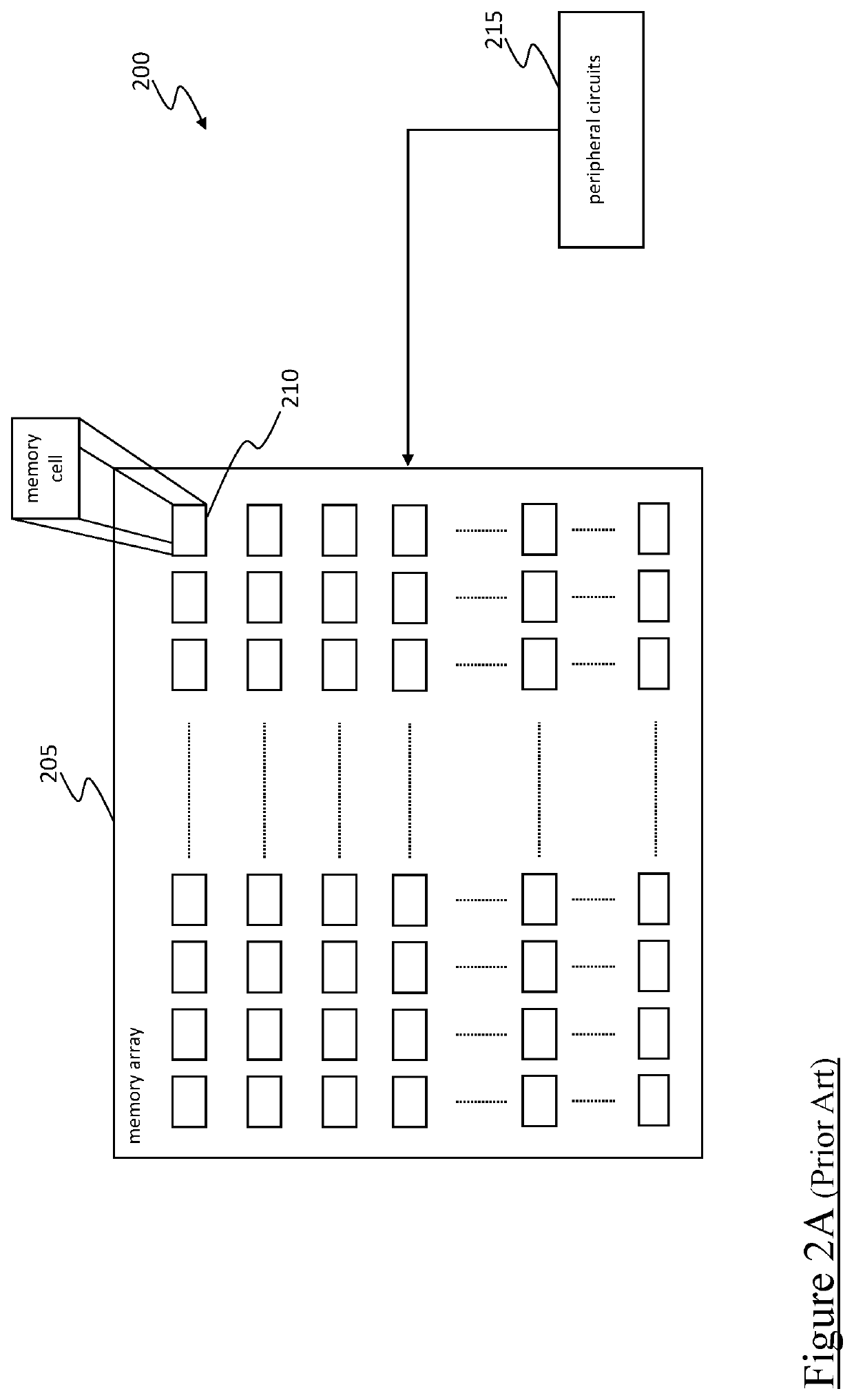Coset probability based majority-logic decoding for non-binary LDPC codes
a probability-based majority-logic and non-binary ldpc technology, applied in the field of solid-state storage devices, can solve the problems of large performance loss, high error-floor, and affecting the mlgd algorithm for decoding non-binary ldpc codes, and achieve the effect of high error-floor and big performance loss
- Summary
- Abstract
- Description
- Claims
- Application Information
AI Technical Summary
Benefits of technology
Problems solved by technology
Method used
Image
Examples
Embodiment Construction
[0072]With reference to the drawings, FIG. 1A schematically shows a simplified architecture of a “Solid State Drive” device (SSD device) 100 known in the state of the art.
[0073]The SSD device 100 preferably comprises a controller (e.g., a processor and / or other control circuitry, referred to herein as SSD controller) 105, a plurality of non-volatile memory chips (e.g. flash memory chips, such as NAND flash memory chips) 110i for storing bits even in the absence of external power supply (i=1, 2, 3, . . . , I, with I=64 in the example at issue), and a plurality of (e.g., synchronous and / or asynchronous) channels 115j (j=1, 2, 3, . . . , J, with J=4 in the example at issue) communicably coupling the SSD controller 105 and the memory chips 110i to each other—in the exemplary illustration, each channel 115j communicably couples the SSD controller 105 to a set of 16 memory chips 110i (e.g., with the channels 1151, 1152, 1153 and 1154 that communicably couple the SSD controller 105 to the ...
PUM
 Login to View More
Login to View More Abstract
Description
Claims
Application Information
 Login to View More
Login to View More - R&D
- Intellectual Property
- Life Sciences
- Materials
- Tech Scout
- Unparalleled Data Quality
- Higher Quality Content
- 60% Fewer Hallucinations
Browse by: Latest US Patents, China's latest patents, Technical Efficacy Thesaurus, Application Domain, Technology Topic, Popular Technical Reports.
© 2025 PatSnap. All rights reserved.Legal|Privacy policy|Modern Slavery Act Transparency Statement|Sitemap|About US| Contact US: help@patsnap.com



